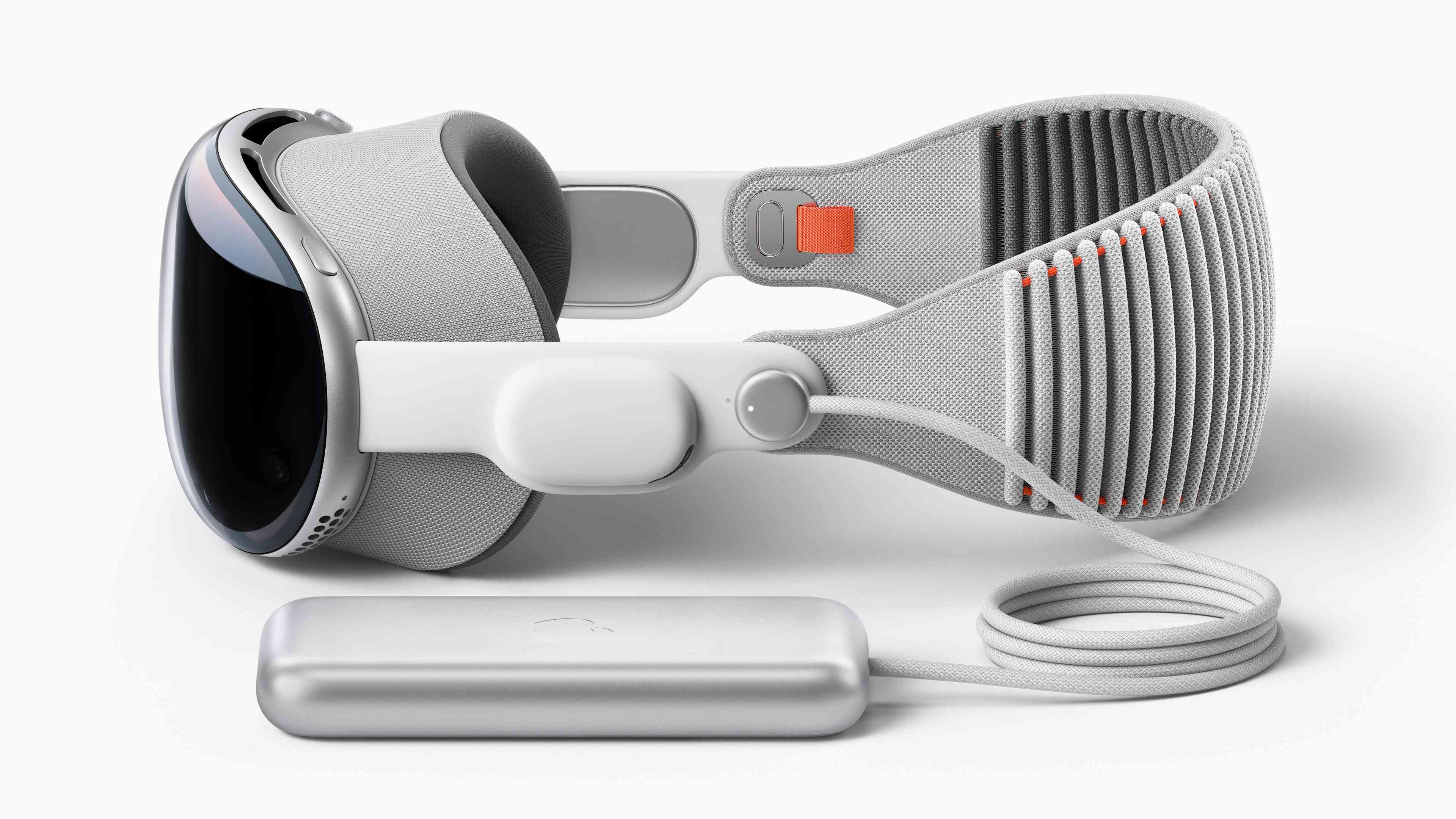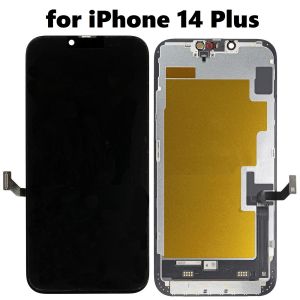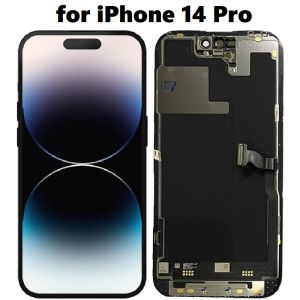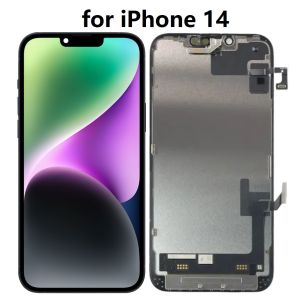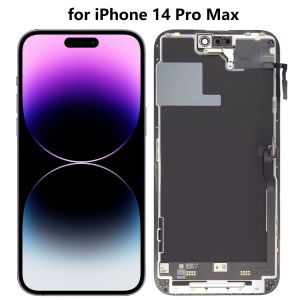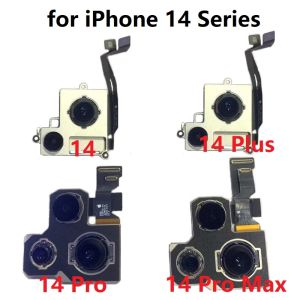It's here. After years of rumours and speculation, Apple has today made the Vision Pro official. It's the company's first VR/AR headset, but of course, this being Apple, it's not calling it that - instead it's being billed as the first ever "spatial computer". It also runs a brand new operating system called visionOS.
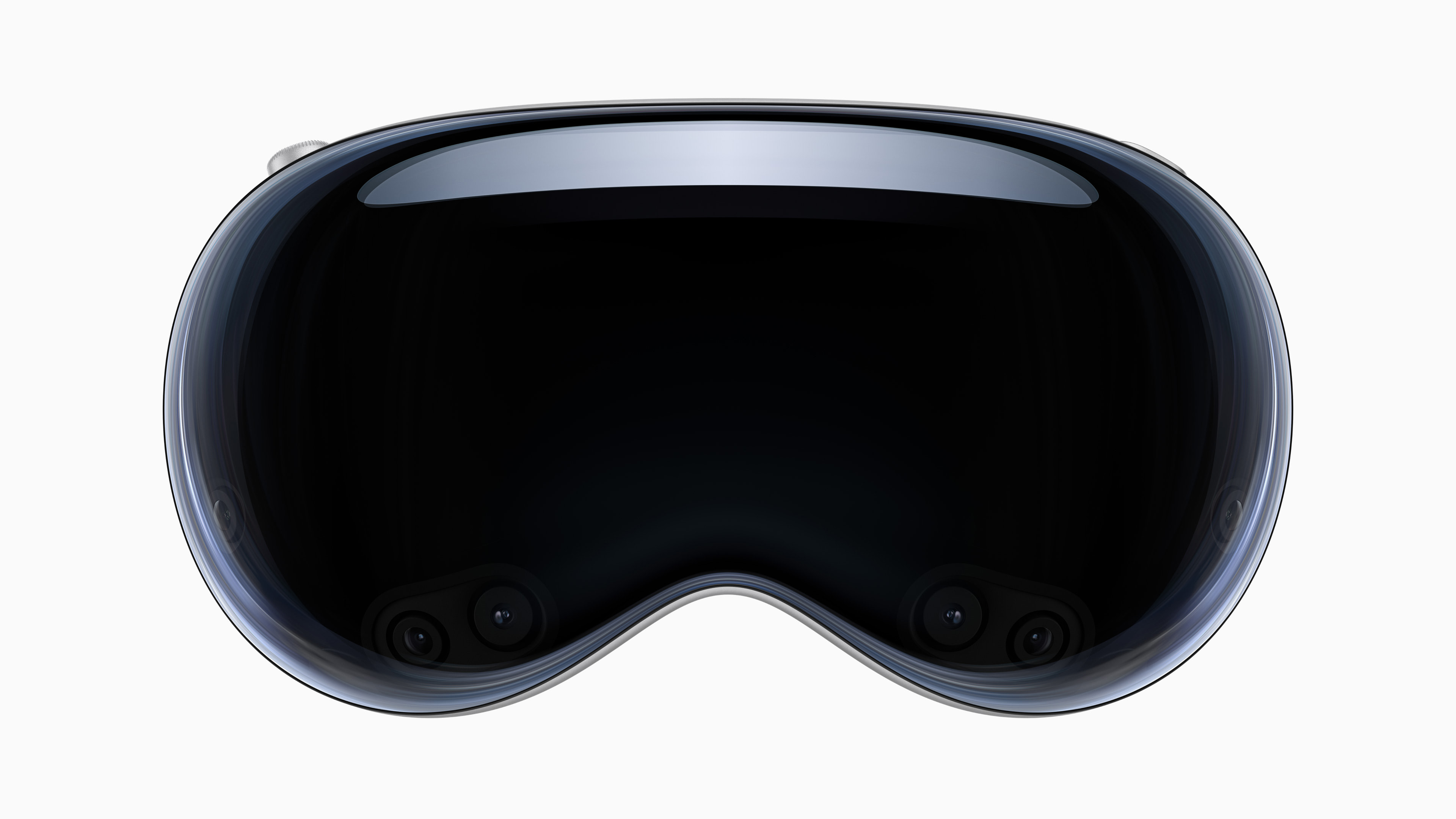
Apple Vision Pro is billed as the first 'spatial computer', not just an AR/VR headset
The headset's "display system" packs 23 million pixels ("more than a 4K TV for each eye") across two micro-OLED screens, "each the size of a postage stamp", Apple boasts, in case anyone remembers what that is. There are also custom catadioptric lenses to provide "incredible sharpness and clarity" for "stunning experiences" with wide colour and high dynamic range. For users with vision correction needs, there will be Zeiss Optical Inserts to ensure visual fidelity and eye tracking accuracy.
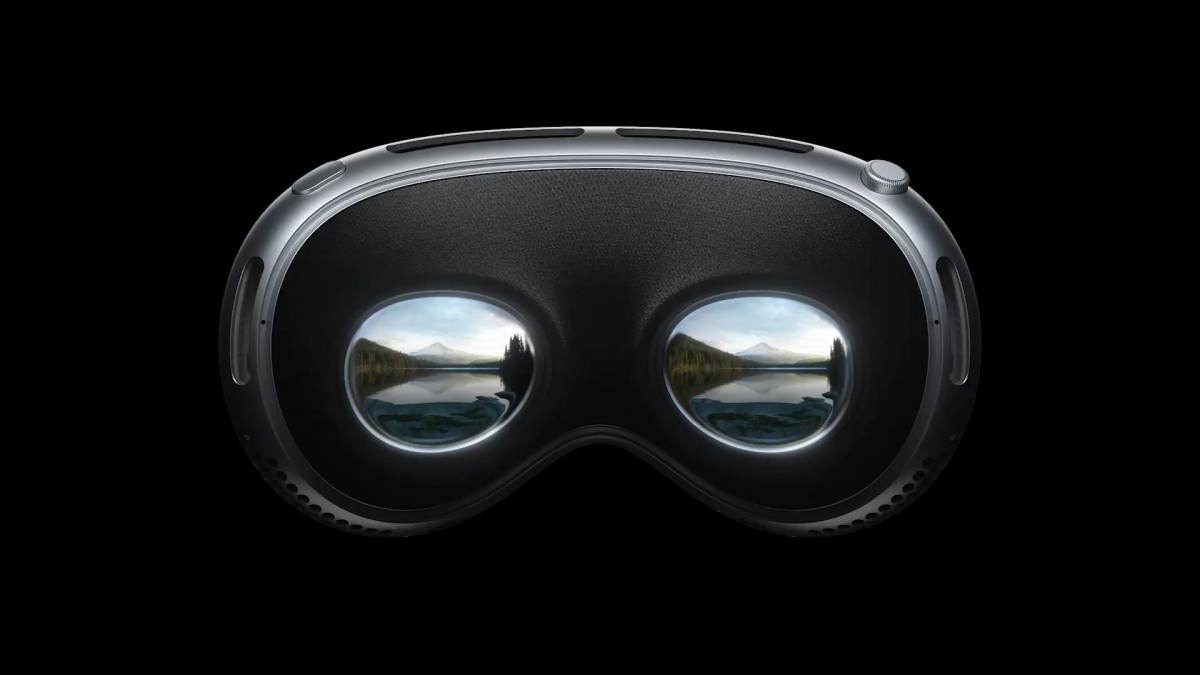
Apple Vision Pro is billed as the first 'spatial computer', not just an AR/VR headset
Powered by a custom dual-core version of Apple's M2 chipset, the Vision Pro is supported by an all-new R1 chip, which processes input from 12 cameras, five sensors and six microphones to ensure content always appears right in front of your eyes. The R1 streams new images to the displays in 12ms, which is apparently 8 times faster than the blink of an eye.
The headset has two hours of battery life from an external 'high performance' custom portable battery pack, or you can use it all day plugged in.
You unlock Vision Pro with your retina using a new system called Optic ID, a new secure authentication system that analyses your iris.
The visionOS interface is controlled by your eyes, hands and voice - there are no physical controllers. You can browse apps by simply looking at them, tap to select, flick to scroll, or use your voice to dictate.
Thanks to something Apple calls EyeSight, when someone approaches you with the headset on, the device feels transparent - they can see an image of your eyes, and you can see them too. When you're immersed in an environment or using an app, EyeSight gives others visual cues that you're "busy".
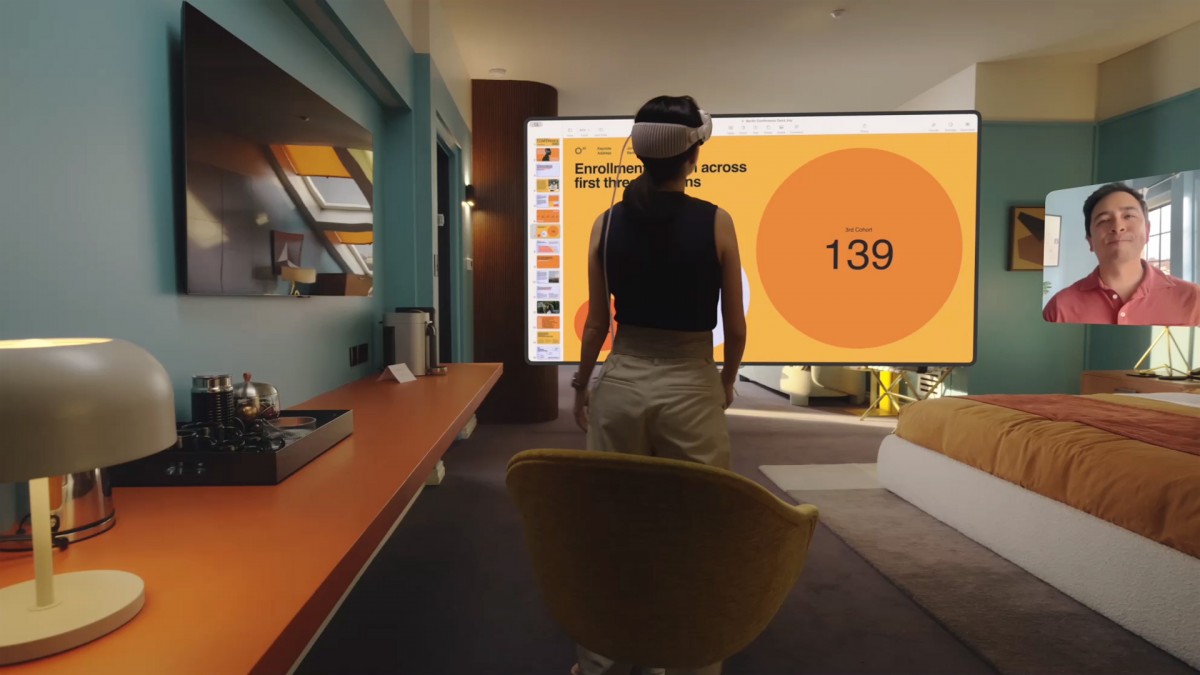
Apple Vision Pro is billed as the first 'spatial computer', not just an AR/VR headset.
There's a new App Store for visionOS, where you can access hundreds of thousands of iPhone and iPad apps that automatically work with the Vision Pro's new input system. The headset lets you make FaceTime calls, with everyone on the call shown in life-size tiles, and there's also Spatial Audio, so everyone sounds like they're talking from where they're standing.
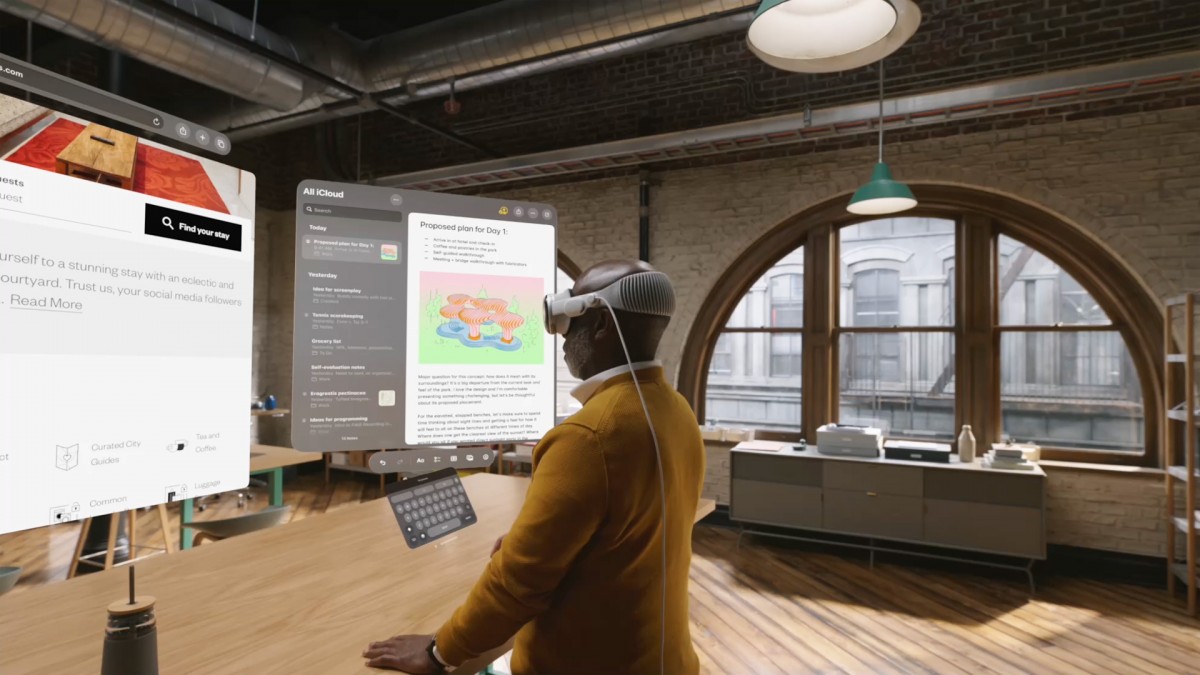
Apple Vision Pro is billed as the first 'spatial computer', not just an AR/VR headset
There's a new App Store for visionOS, where you can access hundreds of thousands of iPhone and iPad apps that automatically work with the Vision Pro's new input system. The headset lets you make FaceTime calls, with everyone on the call shown in life-size tiles, and there's also Spatial Audio, so everyone sounds like they're talking from where they're standing.
Apple Vision Pro is billed as the first 'spatial computer', not just an AR/VR headset.
Users wearing the Vision Pro during a call will be reflected as a "persona," a digital representation of themselves created using Apple's most advanced machine learning techniques that reflects face and hand movements in real time. You can watch a film together, browse photos or collaborate on a presentation.
The 3D visionOS interface lets apps appear side-by-side at any scale, and there's also support for Magic Keyboard and Magic Trackpad, so you can create a workspace that wirelessly brings the power of your Mac to the Vision Pro, "creating a massive, private and portable 4K display with incredibly crisp text".
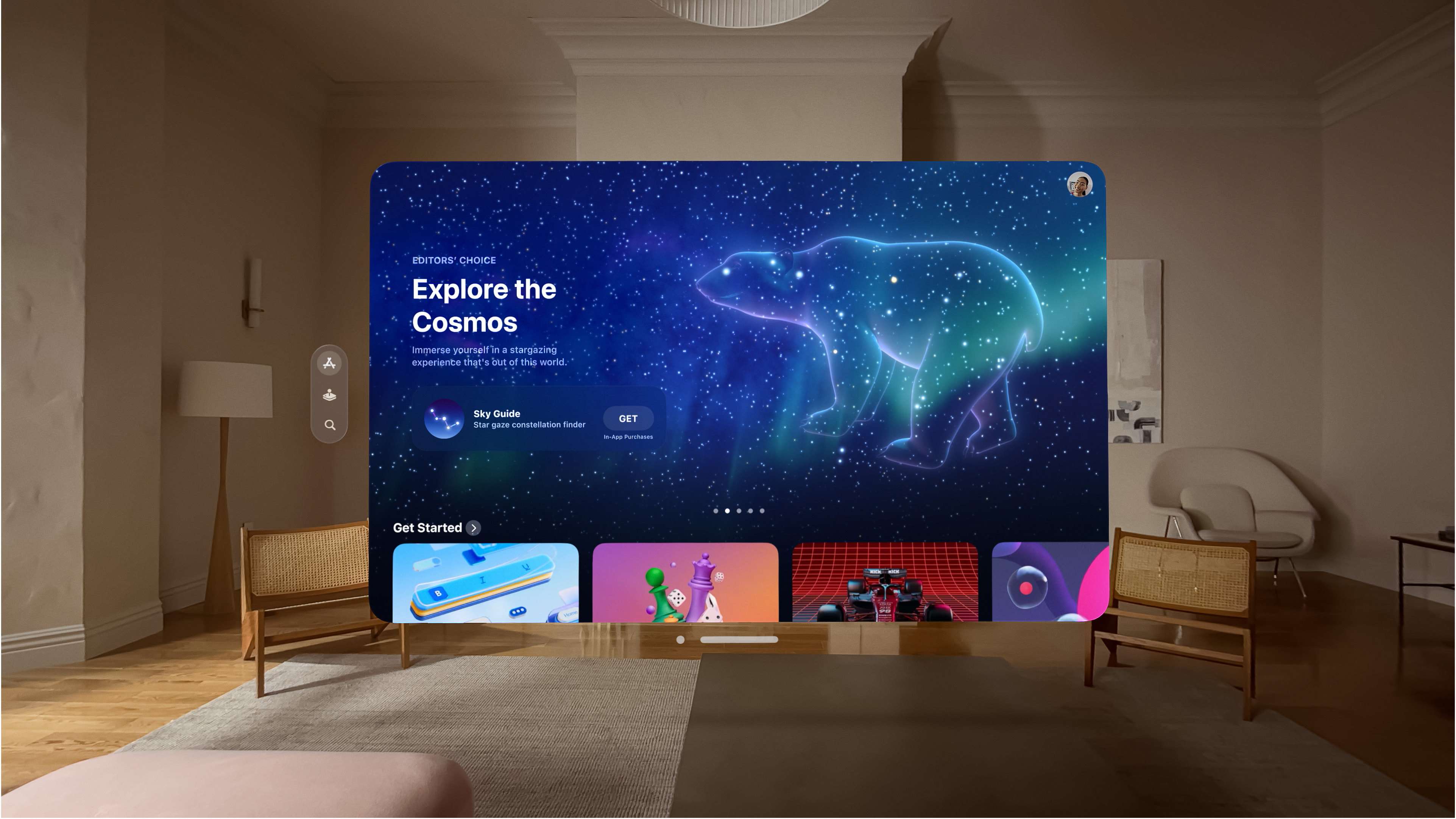
Apple Vision Pro is billed as the first 'spatial computer', not just an AR/VR headset
The Vision Pro can turn any room into a personal cinema with a screen that "feels 100 feet wide" and an advanced spatial audio system. You can also play over 100 Apple Arcade games on a screen as big as you want, with immersive audio and support for popular game controllers.
Apple Vision Pro is billed as the first 'spatial computer', not just an AR/VR headset.
By turning the digital crown on the headset, you can control how present or immersed you are. The Vision Pro features Apple's first 3D camera, and Spatial Audio lets you capture, relive and immerse yourself in your favourite memories. You can access your entire photo library in iCloud and view photos and videos at life size. And panoramas shot on iPhone expand and wrap around you, making it feel like you're standing right where they were taken.
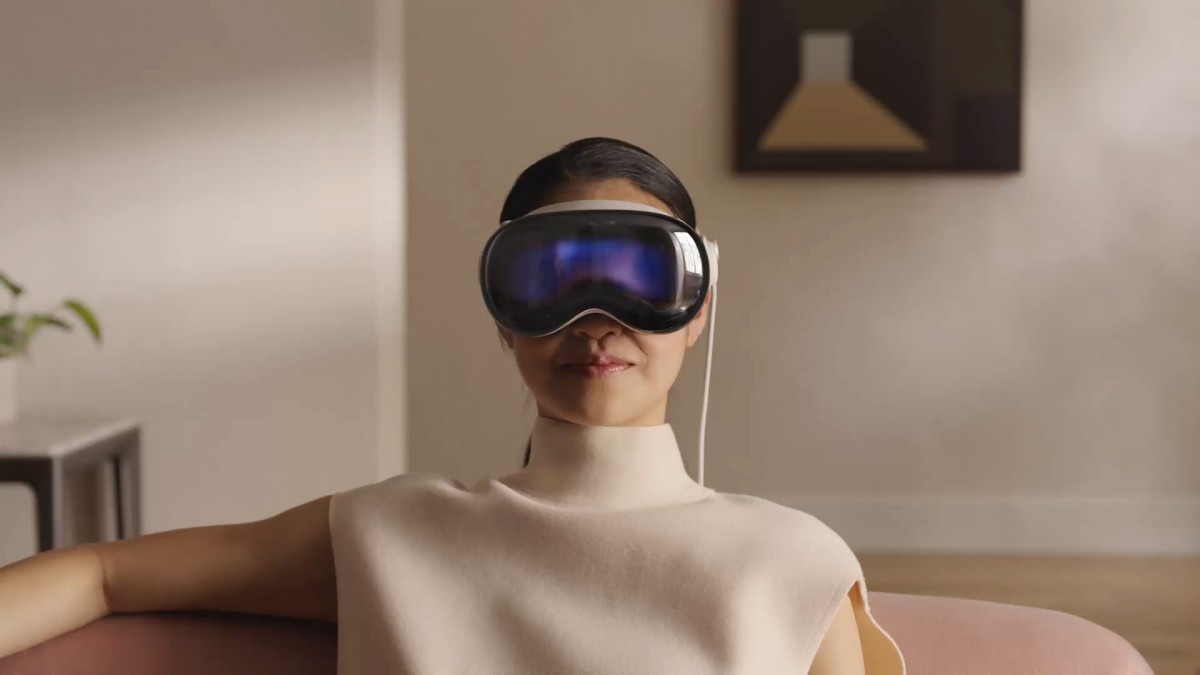
Apple Vision Pro is billed as the first 'spatial computer', not just an AR/VR headset.
The glass of Apple Vision Pro flows seamlessly into a custom aluminium alloy frame that curves around your face, with a modular system that allows you to customise the fit. The Light Seal is made of soft fabric in a range of shapes and sizes that contours to your face for a precise fit, while flexible straps keep the audio close to your ears. The headband is secured with a simple mechanism, so you can easily change to a different size or style. The standard headband is 3D-knitted in one piece to provide cushioning, breathability and stretch.
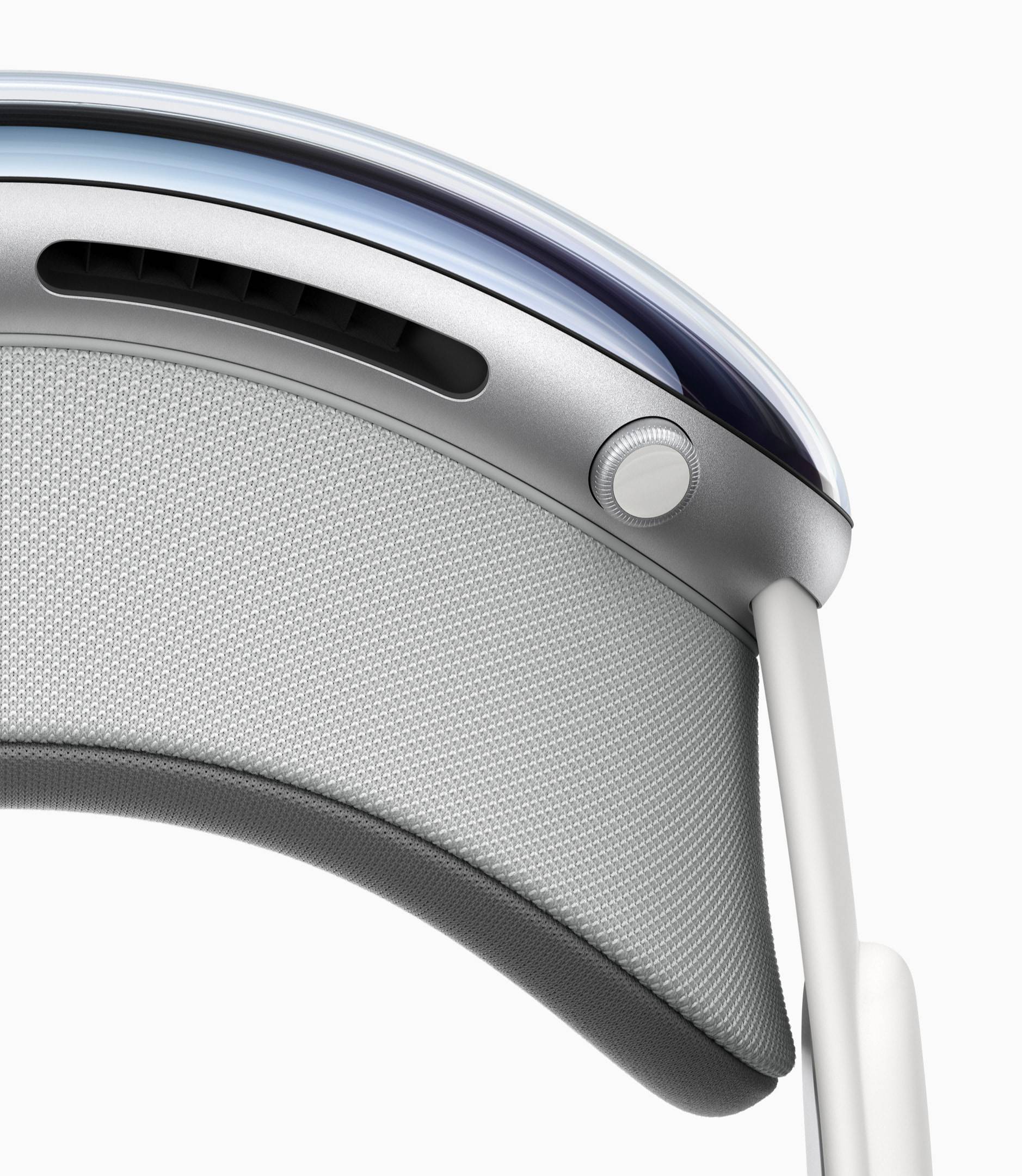
The Apple Vision Pro's glass "flows" seamlessly into a custom aluminum alloy frame that curves around your face, with a modular system allowing for a tailored fit. The Light Seal is made from soft textile in a range of shapes and sizes, flexing to conform to your face for a precise fit, while flexible straps ensure audio remains close to your ears. The Head Band is secured with a simple mechanism allowing for easy swaps to another size or another style. The default one is 3D knitted as a single piece to provide cushioning, breathability, and stretch.
